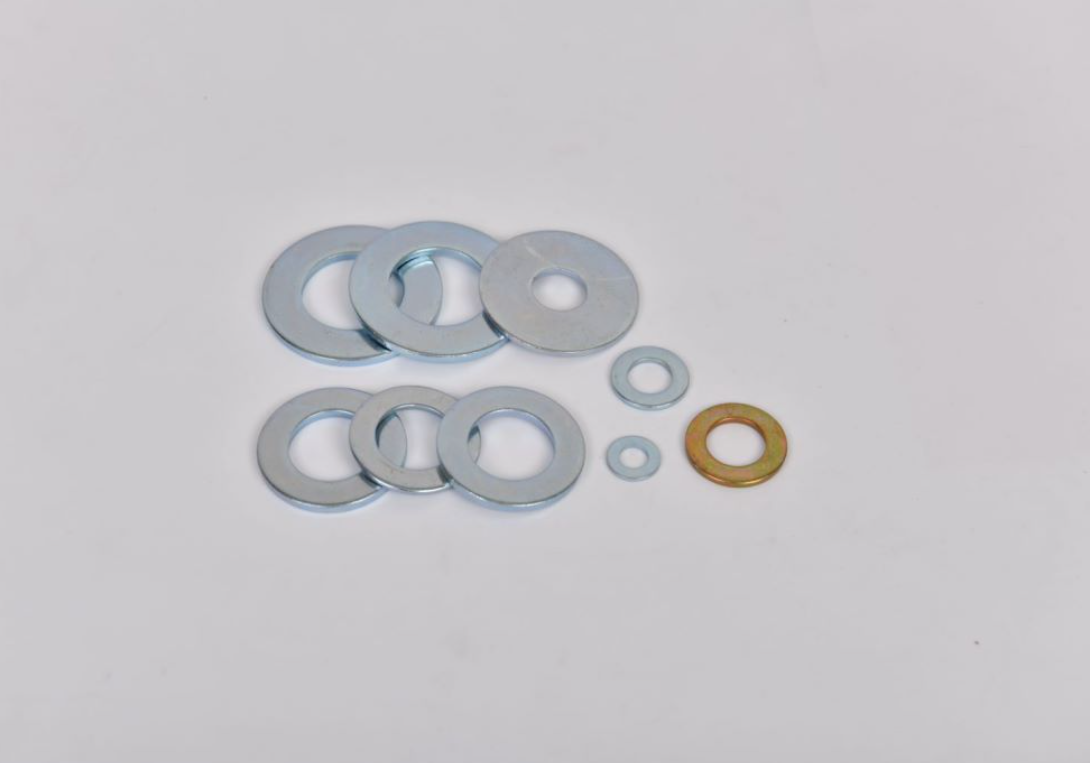Self-Tapping Screw Driver Bits for Precision Fastening and Easy Installation
Understanding Self-Tapping Screw Bits A Comprehensive Guide
Self-tapping screws are a fundamental component of various construction and manufacturing processes. These versatile fasteners are designed to create their own mating threads as they are driven into materials, eliminating the need for pre-drilled holes. To effectively use self-tapping screws, specialized tools known as self-tapping screw bits are essential. This article will delve into the intricacies of self-tapping screw bits, their types, application, and tips for effective usage.
What are Self-Tapping Screw Bits?
Self-tapping screw bits are specialized drill bits designed to drive self-tapping screws into various materials, such as wood, metal, and plastic. These bits are typically made from high-speed steel or other durable materials to withstand the wear and tear of repeated use. The design of self-tapping screw bits often includes features that allow them to create an optimal fit with the screws, providing better torque and reducing the risk of stripping the screw head.
Types of Self-Tapping Screw Bits
1. Phillips Screw Bits These are perhaps the most common type of bit used for self-tapping screws. They feature a cross-shaped design that allows for optimal grip on the screw head. The design helps prevent slippage during installation, making them a popular choice among DIYers and professionals alike.
2. Slotted Screw Bits Characterized by a simple horizontal line across the bit head, slotted screw bits are used for screws with a single slot. While they are less common in modern applications, they are still used in specific scenarios, particularly for vintage or certain industrial fasteners.
3. Torx Screw Bits Featuring a star-shaped pattern, Torx screw bits provide superior grip and torque compared to traditional Phillips bits. Their design allows for greater contact area, reducing the likelihood of stripping the screw head. Torx bits are becoming increasingly popular for self-tapping screws, especially in automotive and electronic applications.
4. Hex Screw Bits These bits have a hexagonal shape that corresponds with hex-headed screws. They are commonly used in furniture assembly and machinery where a larger torque is required. The design helps secure the bit firmly in the screw, allowing for greater leverage during installation.
Applications of Self-Tapping Screw Bits
Self-tapping screw bits have a wide range of applications across various industries
self tapping screw bit

- Construction In both residential and commercial construction, self-tapping screws are often used for attaching metal components, framing, and woodwork. The ability to create threads on the fly simplifies the construction process.
- Automotive In the automotive industry, self-tapping screws are employed for assembling parts and securing components like panels and electrical fixtures
. The durability of these screws ensures they can withstand vibration and movement.- Electronics Self-tapping screws are prevalent in electronics for securing casings and components. Their ease of use and reliability make them ideal for manufacturing processes that require speed and efficiency.
Tips for Using Self-Tapping Screw Bits Effectively
1. Choose the Right Bit Always select the appropriate size and type of screw bit for your specific project. Using the wrong bit can lead to poor results, including stripping the screw or damaging the material.
2. Maintain Proper Speed When driving self-tapping screws, a moderate speed is typically best. Too high a speed can generate excessive heat and ultimately weaken the screw or the material, while too low a speed might not engage the threads effectively.
3. Pre-Drilling for Hard Materials While self-tapping screws are designed to eliminate the need for pre-drilling, in very dense materials, it can be beneficial to create a pilot hole. This reduces resistance and ensures a cleaner installation.
4. Use Lubrication For particularly tough materials, applying a little lubrication to the screw can facilitate easier insertion and reduce wear on the bit.
5. Check Compatibility Make sure that the self-tapping screw is compatible with the material you are working on. Different materials may require screws of varying types and sizes.
Conclusion
Self-tapping screw bits are invaluable tools that enhance the efficiency and effectiveness of fastening operations across many sectors. Understanding the different types of bits and their appropriate applications can significantly impact the success of your projects. By following best practices and choosing the right tools, users can ensure durability, reliability, and ease of use in their fastening tasks. Whether you are a professional or a DIY enthusiast, mastering the use of self-tapping screw bits will undoubtedly elevate your skills and outcomes.
-
Top Choices for Plasterboard FixingNewsDec.26,2024
-
The Versatility of Specialty WashersNewsDec.26,2024
-
Secure Your ProjectsNewsDec.26,2024
-
Essential Screws for Chipboard Flooring ProjectsNewsDec.26,2024
-
Choosing the Right Drywall ScrewsNewsDec.26,2024
-
Black Phosphate Screws for Superior PerformanceNewsDec.26,2024
-
The Versatile Choice of Nylon Flat Washers for Your NeedsNewsDec.18,2024










